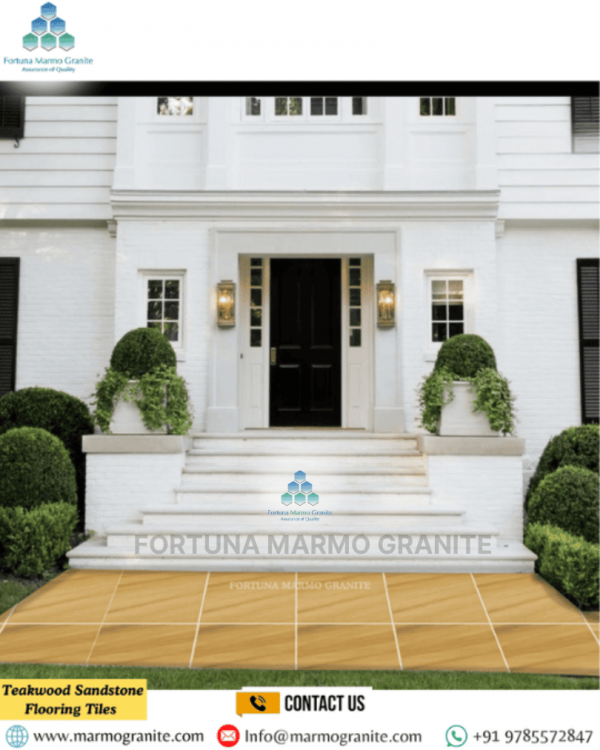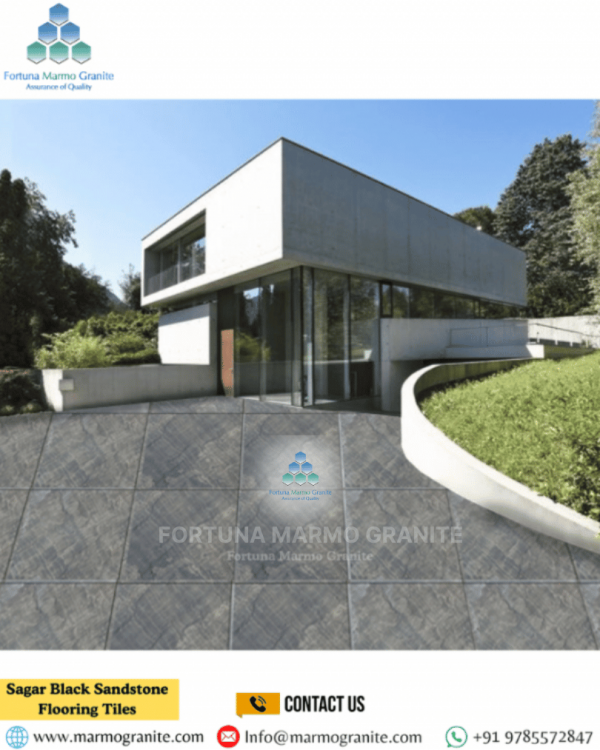Why Indian Sandstones Are the Ultimate Choice for Classic and Contemporary Designs
Indian Sandstones Supplier With its natural palette of earthy tones, intricate textures, and subtle patterns, sandstone has long symbolized durability, beauty, and cultural significance in architecture. Its use dates back to ancient civilizations, visible in temples, palaces, and monuments that still stand today. The stone's inherent strength, ease of workability, and resistance to weather make it ideal for diverse applications. It serves well in interior flooring, wall cladding, outdoor landscaping, paving, and monumental works.
Consequently, In recent years, the global design community has embraced Indian sandstone not as a passing trend, but as a sustainable and visually compelling material. It embodies both elegance and innovation. As architects and builders seek options that bridge natural beauty with modern functionality, Indian sandstone has secured its place as the ultimate choice. Additionally, It remains a timeless investment in architecture and landscape design. This blog explores the qualities that set it apart and why it is a superior option for projects seeking both classical grandeur and contemporary sophistication.


The Enduring Allure of Indian Sandstone: A Legacy Etched in Stone
India's geological history has blessed it with vast deposits of sandstone, each region yielding unique characteristics. Rajasthan, in particular, is a treasure trove, famous for its Dholpur Beige, Agra Red, and Jodhpur Pink, among others. These aren't just names; they represent distinct personalities, each capable of transforming a mere structure into a work of art.
The historical significance of Indian sandstone is undeniable. Iconic landmarks like the Red Fort, Humayun's Tomb, and the temples of Khajuraho stand as enduring proof of its strength and beauty. Built centuries ago, these monuments still inspire awe, showing sandstone's ability to withstand both time and weather while retaining its natural charm. This legacy is not just about preservation—it highlights the stone's quality and longevity. For modern projects, Indian sandstone offers the same reliability, helping create builds that stand as lasting legacies.
Beyond Beauty: The Practical Advantages of Indian Sandstone
Durability and Longevity: Built to Last Generations
Additionally, One of the main reasons for sandstone's enduring popularity is its durability. Formed over millions of years by the compaction of sand grains, sandstone is naturally robust. Indian varieties, with their unique mineral compositions and strong cementation, show excellent compressive strength and resistance to weathering. Moreover, They can withstand harsh climates, from scorching summers to freezing winters, without significant damage. For interiors or exteriors, this longevity reduces maintenance costs while ensuring the stone retains its integrity and beauty for generations.
Versatility in Application: From Grand Facades to Intricate Details
Indian sandstone is incredibly versatile, making it suitable for a vast range of applications.
- Exterior Cladding and Facades: Yet, With its strength and beauty, sandstone is perfect for exteriors. It creates elegant facades that make buildings stand out.
- Flooring: Sandstone flooring is durable, slip-resistant, and visually appealing—an excellent choice for high-traffic areas.
- Paving and Landscaping: Outdoors, sandstone pavers and flagstones bring warmth and a natural look that blends seamlessly with the environment.
- Wall Cladding and Feature Walls: Inside, sandstone adds texture, depth, and natural luxury, making feature walls truly striking.
Natural Thermal Insulation: Keeping Interiors Comfortable
Consequently, Sandstone possesses natural thermal insulation properties. Its porous structure helps regulate indoor temperatures, keeping interiors cooler in hot climates and warmer in cold climates. Moreover, This natural insulation can contribute to energy efficiency, reducing the reliance on artificial heating and cooling systems and leading to long-term cost savings.
Slip Resistance: A Safer Choice for Many Applications
Consequently, Unlike highly polished surfaces, sandstone naturally offers a degree of slip resistance, especially in its honed or natural finishes. This makes it a safer choice for flooring in bathrooms, kitchens, and outdoor areas where moisture might be present.
Indian Sandstone in Contemporary Designs: Modern Aesthetics with Natural Soul
Minimalist Elegance: In minimalist designs, sandstones like Kandla Grey or Desert Gold add subtle textures and muted tones. They create striking yet understated feature walls or flooring. The natural variations provide depth and interest without disrupting the clean lines of modern aesthetics.
Textural Contrast: Contemporary design often thrives on contrasting textures. The raw, earthy feel of natural sandstone can counter sleek glass, polished metal, or smooth concrete. This contrast adds both tactile richness and visual intrigue.
Biophilic Design: With the rise of biophilic design, sandstone has become invaluable. Its organic origins and natural aesthetic blend the outdoors with interiors. This seamless integration fosters calm and well-being.
Sustainable Modernism: Contemporary architecture is embracing sustainability more than ever. Indian sandstone, as a natural and durable material, fits perfectly with eco-conscious design principles. It offers a responsible choice without compromising style.
Unique Finishes: Modern processing techniques now provide finishes beyond the traditional honed or natural look. Options like flamed, sandblasted, and bush-hammered add a contemporary edge. These textures create dramatic visual effects and enhance tactile qualities, making sandstone ideal for bold, modern designs.
Large Format Tiles and Slabs: The availability of large format sandstone tiles and slabs enables expansive, seamless surfaces. Highly valued in contemporary open-plan designs, they create spaciousness and visual continuity.
Conclusion
In conclusion, Indian sandstones stand as a symbol of enduring elegance, seamlessly bridging the gap between timeless tradition and modern design innovation. In contrast, These natural stones have become the material of choice for architects, interior designers, builders, and homeowners alike who seek to create spaces that resonate with both aesthetic appeal and structural strength. Yet, From the rustic charm of heritage buildings and classic landscapes to the sleek, minimalist lines of contemporary architecture, Indian sandstone offers unmatched flexibility in design. Available in an extensive range of colors—from warm earthy tones like Dholpur Beige and Agra Red to the soothing hues of Mint and Fossil varieties—these stones can complement virtually any design palette, enhancing the overall ambience of indoor and outdoor spaces alike.
Moreover, At Fortuna Marmo Granite, We understand the value and potential of these stones, and we take pride in bringing the best of Indian sandstone to projects worldwide. As a leading exporter and manufacturer from India, we are committed to delivering superior quality stone, expert craftsmanship, and personalized service. In addition, With years of experience and deep knowledge of natural stone, our team ensures every slab, tile, or paver meets the highest standards of quality and design. Why Indian Sandstones, Whether restoring a heritage site, building a modern marvel, or designing a tranquil garden, Fortuna Marmo Granite is your trusted partner for sourcing the finest Indian sandstone—crafted by nature, perfected by us.

